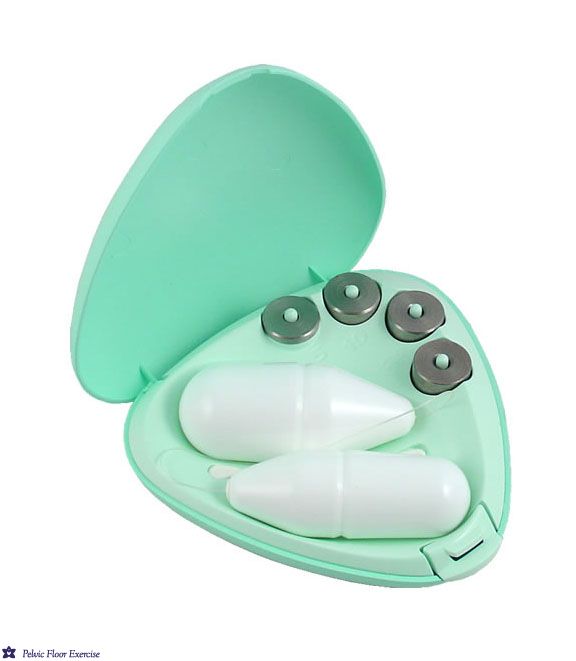Tattoos and TENS. Yes or No?
Tattoos and TENS. Yes or No?
Tattoos date back to Neolithic times and have great cultural significance however in recent times they have become popular worldwide with several estimates stating that 36% of adults under 40 and 10% of the wider western world population have at least one tattoo.
Tattooing is the depositing of ink pigment, via a needle into the epidermis and dermis of the skin which are the outer two layers. It penetrates about 0.6 to 2.2 mm deep. Only the ink deposited into the dermis is permanent. The epidermal layer sloughs off as it is replaced with new cells during healing.
A literature search revealed numerous articles on the dermatology consequences of tattoos, along with the possible toxicity of some pigments. Tattoo ink migration has even been shown to turn up in sentinel nodes, giving the appearance of metastatic melanoma.
Permanent tattoo inks are made up of pigments and additives derived from animals, plants and metals. At risk tattoos are those with black pigment or any other pigments containing iron oxide. It is thought that the ferromagnetic metallic compounds found in these pigments, especially the iron oxide, are displaced during MRI imaging, theoretically creating an electric current which in turn can increase the local skin temperature enough to cause a cutaneous burn. (3)
There are a plethora of articles on these possible effects of MRI scanning, particularly the possibility of the iron oxide-based pigments triggering low-grade burns.
Interestingly, the shape of the tattoo can also be a factor. Those with looped patterns can create an electrical arc between two separate areas. One study reported this happening in a large dragon tattoo with a looping tail (3)...no, not THAT dragon tattoo!
A systematic review of the literature concluded that any burn- like reaction during MRI should be treated prophylactically or symptomatically with a cold compress to allow completion of the examination. No permanent sequelae were noted in the literature reviewed and no thermal skin burns have been recognized. Therefore, patients who develop this reaction should be reassured that the reaction is only temporary with full recovery expected. They suggest that MRI-induced tattoo complications are uncommon and that patients with cosmetic and traditional tattoos can undergo routine MRI. (4)
Vegan tattoos have only recently become available and are gaining in popularity, but the medical literature is sparse with reported reactions to plant-based inking so far.
Despite an extensive search I was only able to find one paper that specifically mentioned TENS and NMES in relation to tattoos and possible adverse reactions. This was in the form of a letter to the editor in the Hong Kong Physiotherapy Journal in which Lo hypothesizes that a similar effect may be seen in patients we treat with TENS (transcutaneous electrical nerve stimulation) or NMES (neuromuscular electrical stimulation) learn more on these techniques.
If the metallic compounds in tattoos can possibly induce an electric current then is it possible for the application of TENS or NMES with electrodes on tattoos to do so?
There was no further literature that I could find and it is not mentioned in any of the texts I have.
So at this point it is conjecture however a very real possibility so we should be cautious when applying any currents in the vicinity of tattoos and, it appears, especially if they consist of a large proportion of darker colours.
I believe this is a good example of needing at least some case studies to alert health professionals, and the home user, of TENS/NMES machines to the possible adverse effects.
Remember too, that TENS in particular can be effectively applied in a number of ways. It does not have to be surrounding the site of pain, it can be along the same dermatome or spinal segment so if you are faced with a tattoo in the region you are wanting to treat, perhaps also think outside the box and trial applying in a related area that is not directly over the tattoo.
Until we have good evidence, being cautious is perhaps our best avenue.
© Fiona Rogers, Pelvic Floor Exercise Physiotherapist
This blog content is intended as information only and not medical advice. Please see your health professional for individual diagnosis and treatment
References
- Maarouf M et al A New Era For Tattoos, with New Potential Complications J Clin Aesthet Dermatol. 2019;12(2):37–38
- Tobias Franiel ,Sein Schmidt, Randolf Klingebiel Letter to the Editor AJR:187, November 2006
- James R. Ross, MD, and Matthew J. Matava Tattoo-Induced Skin “Burn” During Magnetic Resonance Imaging in a Professional Football Player: A Case Report MD SPORTS HEALTH Vol3 no 5 pp431-434 Oct 2011
- Alsing K.K et al Tattoo complications and magnetic resonance imaging: a comprehensive review of the literature Acta Radiol 2020 Dec;61(12):1695-1700.doi: 10.1177/0284185120910427. Epub 2020 Mar 26
- Chi Ngai Lo Electrotherapy on tattoo is to be concerned Hong Kong Physiotherapy Journal Vol. 39, No. 2 (2019) 89–90 DOI: 1142/S1013702519200014





